Currency
Curious about Korean currency and Korean money?
In this article, we’ll talk about South Korea’s currency, the history of Korean money, the different Korean bills and coins, and why you should learn about Korean money.
Read on to learn more about the South Korean Won, also known as South Korean Won, Korean Republic Won, or KRW if you want to call it by its three-digit currency code.
Contents
Korean Money
Over the past decades, we’ve seen Korea evolve into one of the strongest economies in Asia. It’s fascinating to know that the South Korean economy and the South Korean currency have improved a lot after what the country has gone through, including what happened during World War II and the Korean War.
How to say “money” in Korean
Before we dive deeper into this lesson, let’s first learn how to say “money” in Korean.
The Korean word for “money” is 돈 (don).
Sample sentence:
우리가 쇼핑을 가기 전에 ATM에서 돈을 인출해야 해요. (uriga shoppingeul gagi jeone ATM-eseo doneul inchulhaeya haeyo.)
I need to withdraw some money from the ATM before we go shopping.
Korean Currency
The official name for Korean money is “Won.” This is the name used for both South Korean and North Korean currency. This became the official currency for both countries after being divided into two.
The name “won” originated from a Hanja character similar to the Chinese Yuan and Japanese Yen.
Although this is where the Korean money’s name came from, their value is quite different. For instance, 1 KRW equals 0.10 Japanese Yen (JPY) and only 0.005 Chinese Yuan (CNY).
Another way of looking at it would be that 1 US Dollar to South Korean Won would be 1,218.28 KRW, 6.36 CNY in Chinese Yuan, and 123.87 JPY in Japanese Yuan.
What is the currency in Korea?
The official currency of South Korea is the Korean Republic Won or simply the South Korean Won. In Korean, this currency is called 대한민국 원 (daehanminguk won).
What is KRW?
South Korean’s currency is the South Korean Won, or KRW. This currency uses the symbol “₩.”
History of the Korean Won
The currency in Korea dates back hundreds of years to the Joseon Dynasty. During Joseon, Koreans made use of coins made of bronze and iron, which are known as 통보 (t’ongbo) and 정보 (jeongbo), respectively. Paper money, or 저화 (jeohwa) in Korean, was first used during the Joseon Dynasty.
Fast forward to the present day, Korean currency makes use of Korean bills and coins. In them are printed images of people who have made significant contributions to South Korea.
The first South Korean Won bills were issued by the Bank of Joseon but later on, were issued by the Bank of Korea.
It’s impressive that when learning more about South Korean Won, you can’t help but also learn about Korean history.
How does Korean Money work?
Currently, four South Korean banknotes or paper bills are in circulation in the country. These are the 50000 won bill, 10000 won bill, 5000 won bill, and 1000 won bill.
As for the South Korean won coin denominations, there are currently four that are in circulation. These are the 10-won coin, 50-won coin, 100-won coin, and the 500-won coin.
Let’s move on to talking about the Korean Bills and Coins, what they look like, and the exciting stories behind them. Let the fun facts begin!
Korean Bills
There are four different Korean won bills issued by the Bank of Korea and used in South Korea. They are 50,000 won, 10,000 won, 5,000 won, and 1,000 won.
The bills get larger as they go up. The 5,000 won bill is slightly larger than the 1,000 won bill, and the 10,000 won bill is somewhat larger than the 5,000 won bill.
Many of the names here are written in Hangeul, the Korean Alphabet. If you can’t read Korean characters yet, you can learn them for free in about one hour here.
Note: We have added each KRW to USD rate below. However, you can use Google Currency Converter for more accurate conversions and updated exchange rates.
1,000 won
The front of the ₩1,000 bill features 퇴계이황 Toegye Yi Hwang (1501 – 1570).
Yi Hwang was a famous Confucian scholar from the Joseon Dynasty (That’s the 500-year Confucian dynasty in Korea!) who was big into calligraphy and poetry.
If you’re wondering who Toegye is, great question! That was his pen name. Yi Hwang was a busy guy.
The back of the ₩1,000 bill is the 계상정거도 Gyesangjeonggeodo. In addition to being an impressively long name for a painting, the backside of the 1,000 won bill also represents a painting of Yi Hwang in Dosan Seowon (area of Korea).
If you’ve ever visited present-day Andong in Korea, then you have been to Dosan Seowon!
Currency Exchange Rate:
The USD exchange rate of ₩1,000 (KRW) is less than 1 USD, around $0.78.
5,000 won
The front side of the ₩5,000 bill is 율곡이이 Yulgok Yi I (1536 – 1584).
Like Yi Hwang, Yi I (pronounced “yee-ee”) was also a mover and a shaker back in the 1500s. He attained fame as a Confucian scholar and flew under the radar with his pen name Yulgok.
The backside is another famous painting, 초충도 Chochungdo. This painting was made by Shin Saimdang (Yi I’s mother). It’s called “Insects and Plants.”
Currency Exchange Rate:
The USD exchange rate of ₩5,000 (KRW) is roughly $4.07.
10,000 won
The ₩10,000 bill features 세종대왕 Sejong the Great (1397 – 1450).
If you haven’t heard of this 4th king of the Joseon Dynasty, then consider this the first of many times that you will! He is the one responsible for introducing Hangeul into Korean society. Hangeul is essential to Korean society; it even has its own holiday!
The back of the 10,000 won bill is the 혼천시계 Honcheonsigye.
Since “sigye” means “clock” in Korean, we can call the picture on the back of this note the “Hocheon Clock.” 혼천시계 (honcheonsigye) is an astronomical clock that was made in 1669 and is still in existence today. If you’re ever sitting in your house and wondering what the position of the universe is at any given time, you’ll want to stop by Korea University to consult with the Hocehon Clock in person!
Currency Exchange Rate:
The USD exchange rate of ₩10,000 (KRW) is roughly $8.14.
50,000 won
The front of the ₩50,000 bill is 신사임당 Shin Saimdang (1504 – 1551).
Try saying that name four times fast! Shin Saimdang was the mother of Yi I, as well as a writer, artist, calligraphist, and poet. Her artwork captured beautiful and delicate images of insects, flowers, fish, and landscapes. People liked her because she was a model of Confucian ideals.
At the back of the bill is the 월매도 Wolmaedo. Fairly simple; this is a painting of bamboo and a plum tree.
Currency Exchange Rate:
The US dollar exchange rate of ₩50,000 (KRW) is roughly $40.69.
There you have it, the big four in Korean currency.
Now, let’s move on to the coins!
Korean Coins
Crack open your piggy banks; we’re about to give you the need-to-know information for each of those famous coins you often see. Your trips to the vending machine will take on a new dimension of fun!
10 won
The obverse side of the ₩10 coin shows the 다보탑 (Dabotap) Pagoda, a Buddhist monument in Gyeongju, South Korea. The reverse side displays the standard information found in all coins: the value of the currency, the date, and the issuer (한국은행 | Bank of Korea).
Currency Exchange Rate:
The US dollar exchange rate of this Korean coin (KRW) is roughly around $0.0078.
50 won
The obverse side of the ₩50 coin features a stalk of rice, Korea’s favorite food. The reverse side shows the value of the coin, the date, and the issuer (한국은행 | Bank of Korea).
The US dollar exchange rate of this Korean coin (KRW) is roughly around $0.039.
100 won
The principal design of the ₩100 coin is an image of Admiral Yi Sun-sin (1545-1598), a celebrated navy admiral and national hero in Korea. The reverse side displays the value of the coin, the date, and the issuer (한국은행 | Bank of Korea).
The US dollar exchange rate of this Korean coin (KRW) is roughly around $0.078.
500 won
The ₩500 coin’s principal design is the graceful Red-Crowned Crane flying through the sky. The reverse side displays the value of the coin, the date, and the issuer (한국은행 | Bank of Korea).
Currency Exchange Rate:
The US dollar exchange rate of this Korean coin is roughly around $0.39.
How to Convert Korean Won to USD
To convert South Korean won to USD, USD to South Korean won, or any other currency, you can check your local bank. You can also check the exchange rates using converters like this one.
How much is 1000 won in US Dollars?
The US dollar exchange rate in 1000 won is around $0.78 (USD) at the current exchange rate of 1 KRW = 0.00078 USD.
What is 10,000 won in US Dollars?
10000 won in US Dollars is around $7.83 (USD) at the current exchange rate of 1 KRW = 0.00078 USD.
45.6 billion won to USD
If you have seen the Korean series Squid Game, you might be curious how much the cash prize is when converted to USD.
The amount of 45.6 billion won to USD is a whopping $35.6 million USD.
If you’re planning to visit or live in Korea or do business with Koreans, it’s valuable to know about Korean money.
Getting familiar with the different Korean money (South Korean won banknotes and coins) will help ease your life with anything related to spending money when you’re in South Korea.
Learn how to count Korean money
Want to learn how to count money? We’ll teach you how! You can check out our article on Korean Numbers and start counting in Korean today.
If you want a detailed lesson on the Korean language, including Korean numbers, we’ve created the 90 Day Korean Membership Program. It’s a proven method to improve your Korean language skills quickly. You’ll be able to have a 3-minute conversation in Korean in the first 90 days if you follow our structured program.
Wrap Up
So there you have it! Hopefully, you now know a bit more about Korean money. If you’d like to know more about Korea and the Korean culture, here’s where to go!
Which Korean bill or coin is your favorite? Please feel free to leave a comment below!

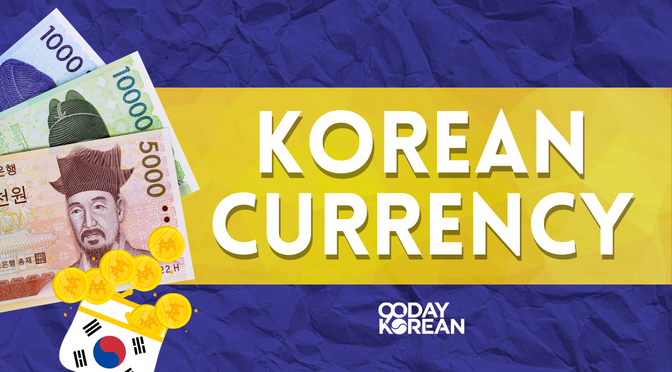
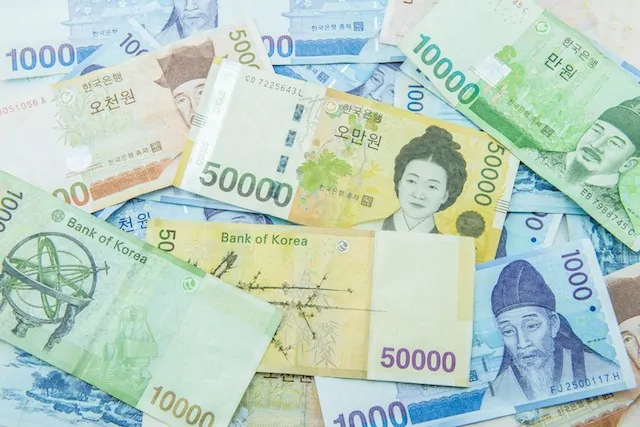
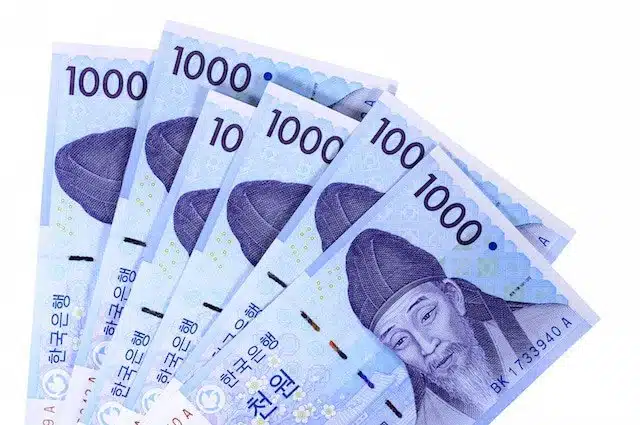
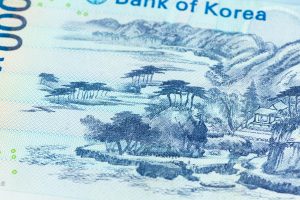
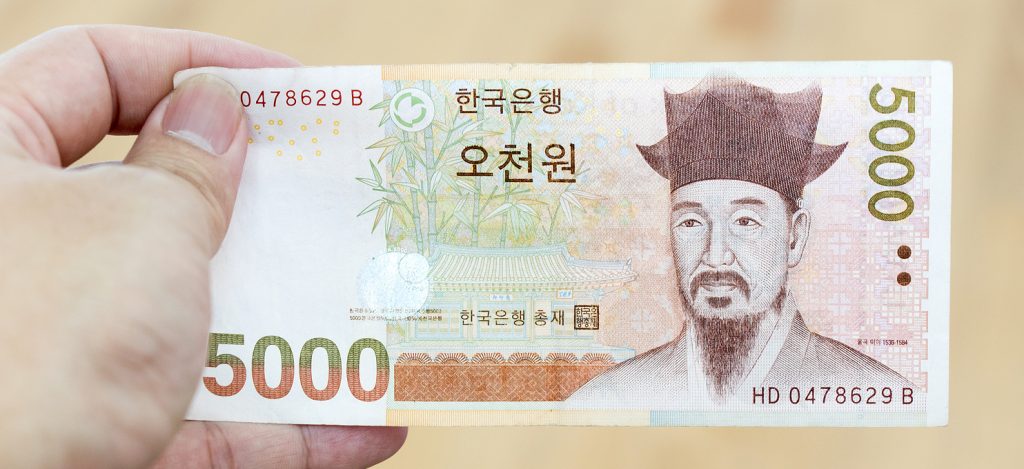
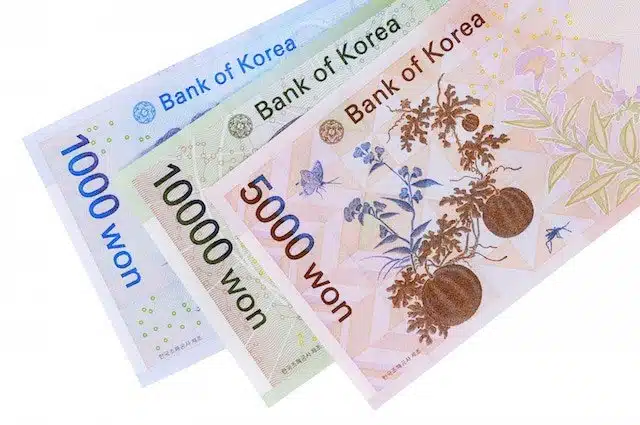
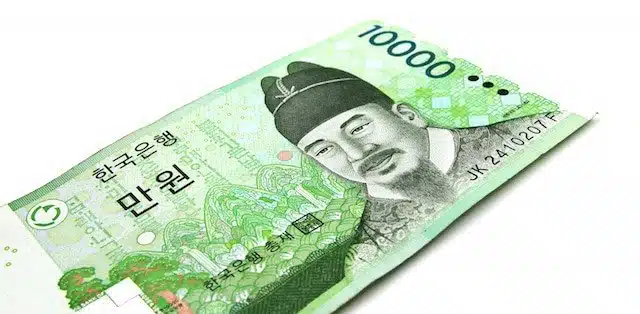
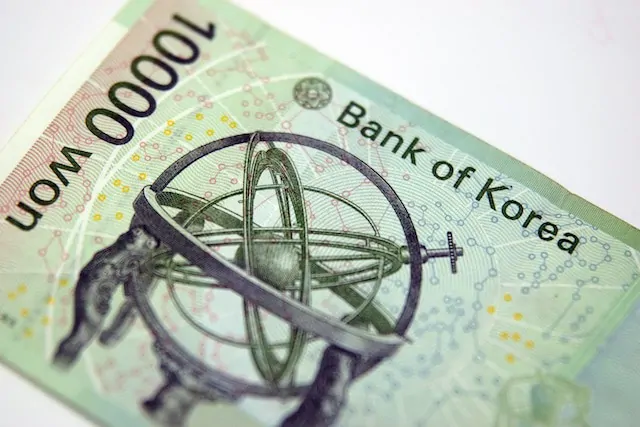
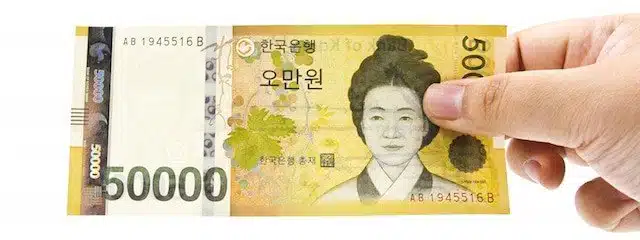
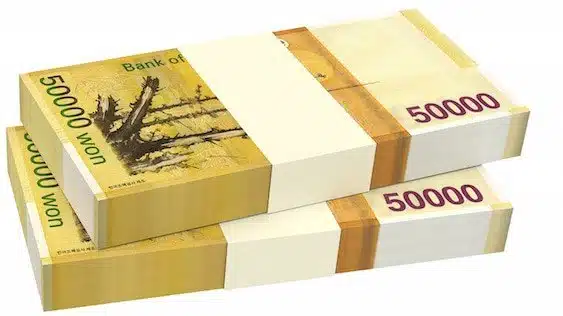
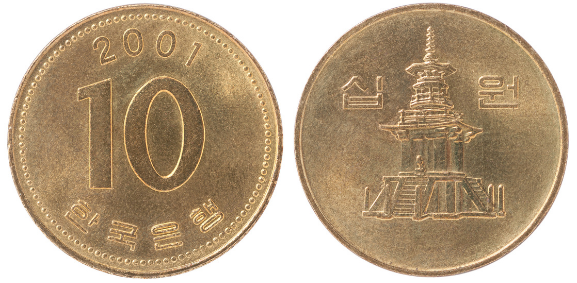
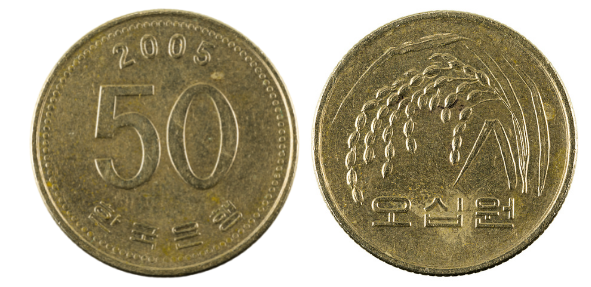
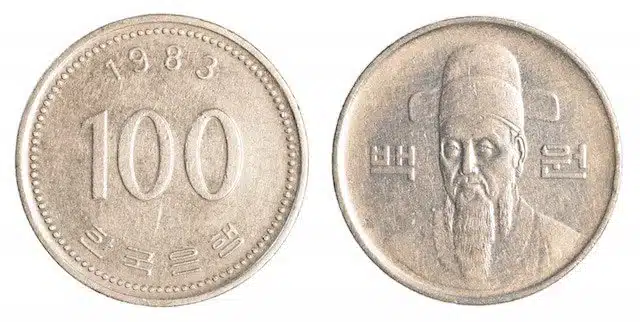
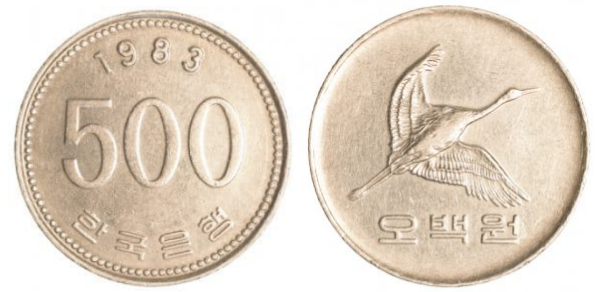
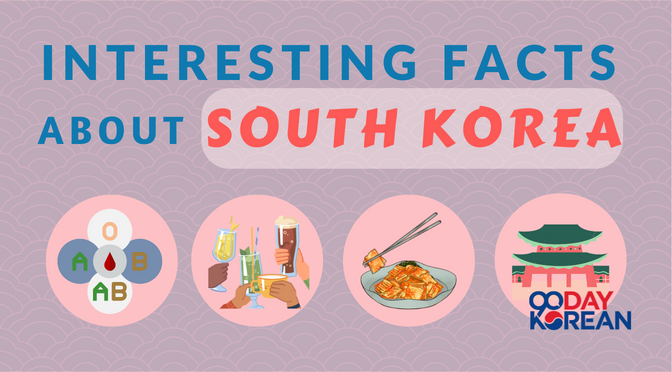
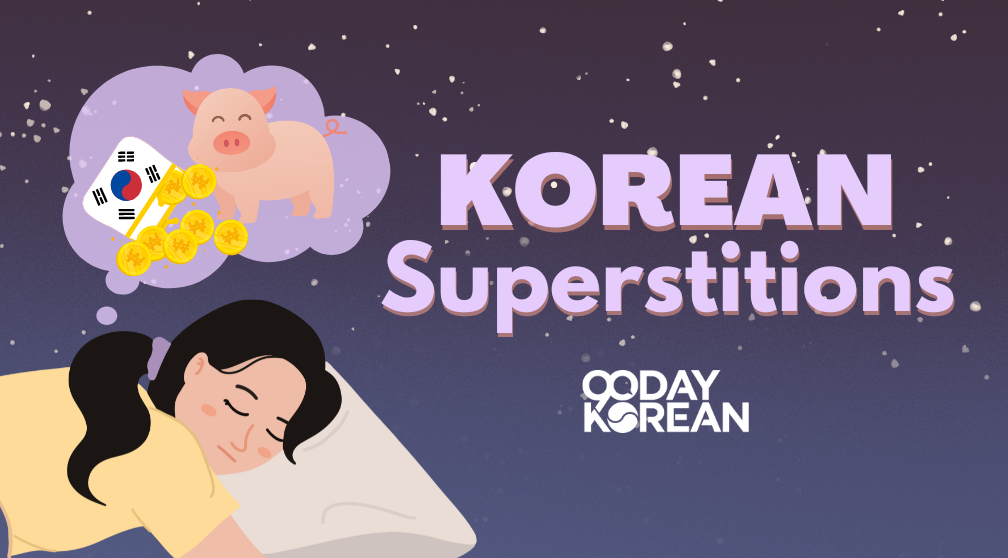


First, i want to say thank you for this post. Then, to your question. 50k Won is the the most beautiful note i’m seeing.
You’re right, Effiong! 50,000 won bill is gorgeous and convenient! ^^
Wow! I am really happy to learn about Korean money well explained ????????✨
Thanks for your kind words, Rashi! ^^
Wow, I really was impressed and amazed while learning those beautiful Korean money.
I wish to know more of your history and get to go to your country one day.
I Love Korean language so much too!
Awesome! You can look through our blog for more articles on Korea and the Korean language, Dana! ^^
I am from Tanzania and I am really interested in Korean history. Actually you impressive history. I wish to visit Korea one day so I can witness the wonders of Jang Yeong Sul.
Wow, you have awesome knowledge in Korean history! Korea welcomes you, Adeodatus! ^^
I actually thought on Sejong the great was infront if all korean won. Luckily i found your site and get to know more! Do you have any korean site for learning hangul and how to speak?
Hi, Melissa! You can start from this article (https://www.90daykorean.com/how-to-learn-the-korean-alphabet/) and other articles on our blog! For more organized Korean learning and personal coaching, you can also try our web course! (https://www.90daykorean.com/koreanlessons/) ^^